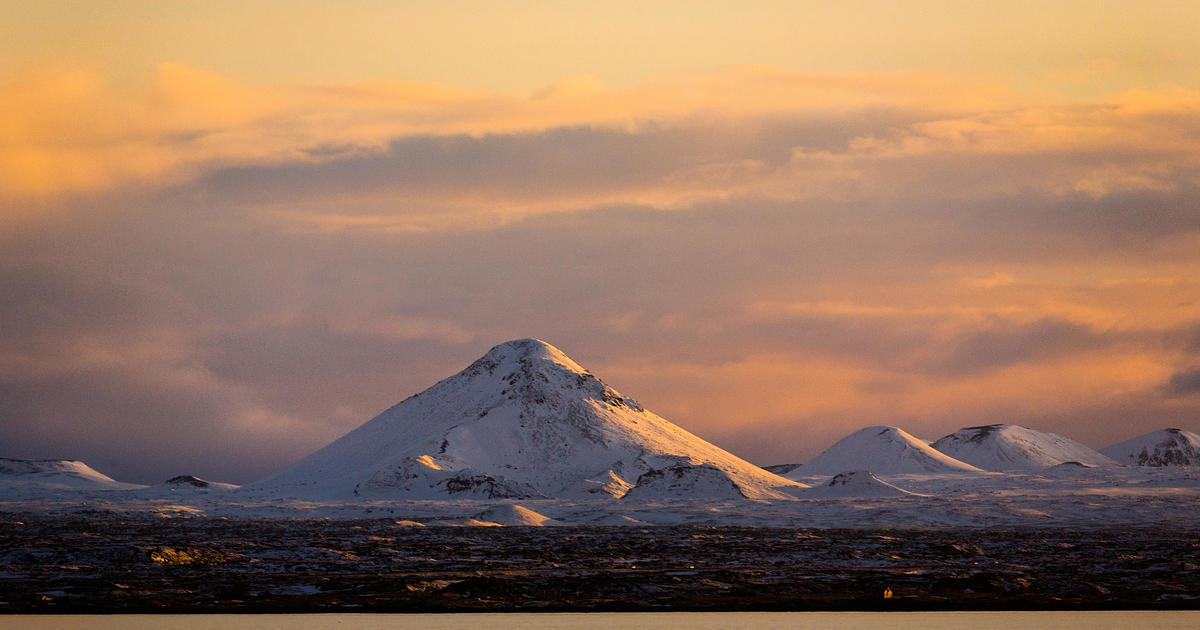Southwest Iceland is currently experiencing a “swarm” of the seismic activity, with more than 20,000 earthquakes recorded since 24 February, according to the Icelandic Meteorological Office. The office said magma movements are likely to be the cause of the current surge on the Reykjanes Peninsula, prompting fears of a volcanic eruption.
According to the office, there have been just over 3,100 earthquakes on the peninsula in the past 48 hours. At least 63 of them had a strength of 3 or higher. An earthquake at strength 3 can be felt, but rarely causes damage; as the number increases, the earthquakes become more dangerous.
Similar eruptions of seismic activity in the country have previously caused volcanic eruptions, the office said.
The aviation color code for the Reykjanes peninsula is at an orange level, which according to the office is’ increased unrest ‘and that there is a greater chance of eruption’.
The Icelandic government said on its website on Thursday that there was a volcanic tremor near Mt. Keilir, located on the peninsula, Wednesday.
While the government originally said it “could lead to an impending volcanic eruption”, the Scientific Council for Civil Protection said Friday that data from the past 24 hours “give no indication that magma is moving closer to the surface.”
“During this period, there is no high probability of an eruption,” the council said, noting that “the situation could change rapidly.”
If an eruption occurs, the data show that it is likely to be in the area between Fagradalsfjall and Keilir.
The government said on its website that if there is an eruption, it will be a ‘relatively’ small tear eruption that will last up to several weeks. The government said these types of eruptions involved a “slow flow” of lava rather than large explosions or large ash.
The government said there was a very low risk to populated areas and critical infrastructure, and Prime Minister Katrín Jakobsdóttir said the country was ‘very well prepared’.
“Iceland has highly trained, educated and experienced professionals in this field,” Jakobsdóttir said in a statement. “The most important thing is that the Icelandic public is accustomed to dealing calmly with many different types of natural events related to the weather or geology.”
The last major volcanic eruption in southern Iceland took place in 2010. It was the first time in almost 200 years Eyjafjallajökull volcano broke out, and hundreds of people were forced to evacuate the area.
Similar to the current event, the Eyjafjallajökull eruption took place after a month filled with thousands of small earthquakes.
The government said an eruption of Mt. Keilir “will not produce major fumes that could disrupt potential international aviation”, although it will temporarily disrupt air traffic. On Wednesday, all drone flights were in the area ban in case of an eruption.
